News & Events
Bioprinting through Levitation
More News
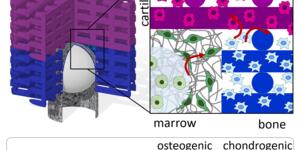
Integrating Biofabrication Technologies
Unlocking the secrets of osteochondral regeneration has long been a daunting challenge, with the intricate interplay between cartilage and bone presenting formidable hurdles. However, a groundbreaking approach is on the horizon, poised to redefine the landscape of tissue regeneration: multiphasic scaffolds – the cornerstone of cutting-edge strategies aimed at mirroring the complexities of the osteochondral unit and nurturing the growth of implanted bone-marrow derived stem cells (BMSCs). Yet, amidst the promise, hurdles remain. Stem cell loss during expansion in vitro and the limited control over their behavior within scaffolds both in vitro and in vivo pose formidable challenges.
Read More
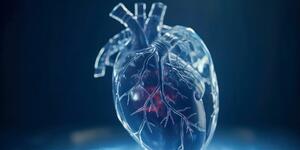
Bioprinting in Space
In a new Pathfinder Open project, PULSE, we have partnered with different experts in space technology and use thereof to study how the Space environment could be working as an accelerator of ageing…
Read More
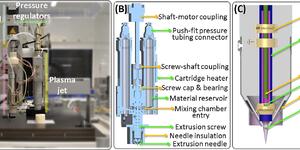
New Hybrid Biofabrication technology
Many tissues in our body display gradients. These are not only biological gradients, but also structural, physical, and chemical ones, resulting in smoother variations of mechanical properties and cell functional activity.
Read More

Kidney 3D in vitro models through bioprinting
At the Complex Tissue Regeneration department, we work hard to bridge the gap towards the dream of organs bioprinting. Step by step, we are now progressing towards understanding more and more in depth the requirements to bioprint different kidney cells, either derived from pluripotent stem cells or of adult species.
Read More
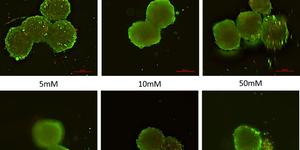
Bioprinting through Levitation
Magnetic levitation offers the possibility to place cells in a precise position in space through controlling the magnetic forces applied to magnetized cells. This new biofabrication technique, at the interface between bioprinting and bioassembly, provides new ways to create large-scale biological constructs that can be used for regenerative medicine purposes.
Read More
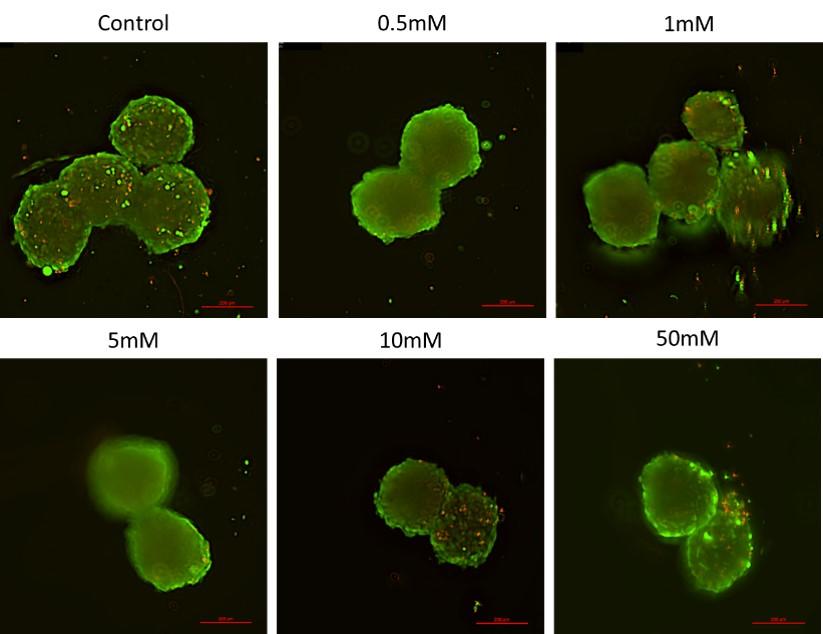
Published on: June 5, 2020
Category: Events
Many of us have certainly vivid in their mind the image of a levitating frog by the Russian Noble prize winner Andre Geim. Exploiting the same levitation principles allows today to assemble cellular constructs in a precise manner. This is possible through magnetic or acoustic levitation principles. We have recently teamed up with scientists from 3D Bioprinting Solutions, a Russian company that is at the forefront of biofabrication technologies, to further understand the principles governing this technology. Thanks to a collaboration with the High Magnetic Field Laboratory in Nijmegen, the Netherlands, we were able to reproduce magnetic levitation principles and understand the minimum amount of magnetized agents that are possible to administer to cells to avoid any toxic effect.
To learn more, you can access EMFL newsletter (page 4):
https://emfl.eu/emflwebsite/wp-content/uploads/2020/05/emfl_newsletter_n1_20_web.pdf
and read our article published in Biofabrication:
https://iopscience.iop.org/article/10.1088/1758-5090/ab7554






